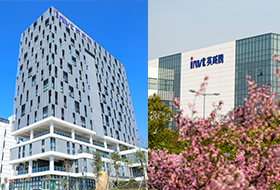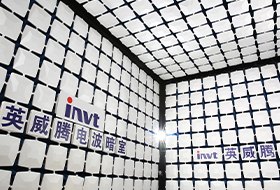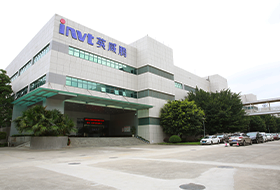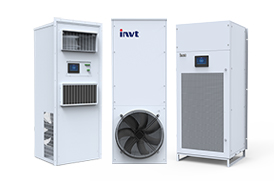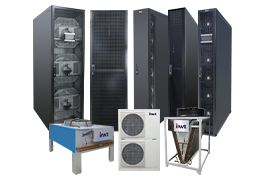Will gallium nitride be the savior of data center energy consumption?
The digital economy is undergoing a huge transformation driven by two major trends, one is real-time data analysis, and the other is rapid development of Generative AI. Currently, a fierce generative AI competition is in full swing, with technology giants such as Amazon, Google, and Microsoft investing heavily in the research and development of generative AI. With the booming development of AI, the demand for power and computing in data centers has grown proportionally. The surge in power consumption has not only put pressure on operational efficiency but has also become an obstacle for data centers to achieve net-zero emission goals. GaN power semiconductors, which have developed rapidly in recent years, have become one of the key technologies for optimizing energy efficiency in data centers.
The impact of generative AI on data centers will intensify. Faced with the explosion of data volume, the data center infrastructure planned based on traditional workloads is facing tremendous pressure. The amount of global data doubles every two years, and the servers that process and store this huge data require a large amount of energy and water resources to maintain operation. Facing the sudden increase in power demand, it is urgent to upgrade the data center architecture.
Power supplies designed based on gallium nitride power components can achieve superior performance and efficiency. With the continuous upgrade of generative AI applications, they have become an ideal choice for data centers. With faster switching speed and excellent input and Figures of Merit, gallium nitride realizes advantages in power supply design, brings energy efficiency performance beyond titanium level, and greatly increases power density. Gallium nitride transistors bring higher efficiency levels to power equipment. Increased efficiency means less energy loss and equipment can reduce overheating. You may be wondering why data center operators haven’t immediately switched to this technology when the benefits of gallium nitride are so obvious. There is an often overlooked blind spot in the PUE indicator widely used in data centers, which is what we call the PUE Loophole. This is the main reason for the limited popularity of gallium nitride technology.
What is the Energy Consumption Metrics Vulnerability?
PUE represents the proportion of IT equipment load power consumption to total power consumption, and is generally used as an indicator to evaluate the energy efficiency of data centers. Closely monitoring and continuously improving PUE is very important for data center operation optimization. Lowering PUE means reducing power consumption, thereby reducing operating costs and environmental impact. However, PUE only calculates the efficiency of power transmission to the server, but ignores the energy loss between power conversion in the server. This is a loophole in the energy consumption indicator, and a blind spot will occur when data centers use PUE as an evaluation of overall operational effectiveness. This blind spot causes many current servers to still use AC-DC converters with the efficiency of only 90% or even lower, which means that 10% of the energy is wasted during each AC-DC energy conversion. This not only increases electricity costs and carbon emissions, but the wasted energy is also discharged as heat, thereby increasing the demand for additional cooling systems in the data center. The cooling system is also another very power-consuming device. Gallium nitride power semiconductors will bring a turning point in this challenge, providing data centers with an immediate and cost-effective way to solve the gap in energy consumption indicators and save huge power requirements. AC-DC converters using gallium nitride power components can achieve 96% efficiency or even higher, reducing power loss by up to 50%. Converted based on the average power consumption of data centers, it is equivalent to saving 37 billion kilowatt hours of electricity, which is enough to supply the power needs of 40 ultra-large-scale data centers for a year.

 networkpowersales@invt.com.cn
networkpowersales@invt.com.cn
